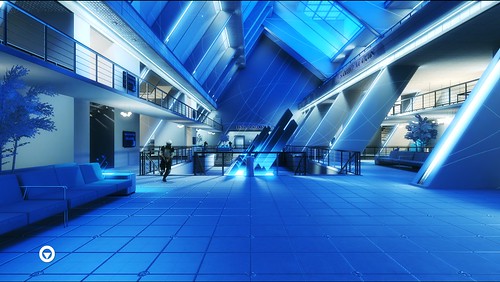TOM FRANCIS
REGRETS THIS ALREADY
Hello! I'm Tom. I'm a game designer, writer, and programmer on Gunpoint, Heat Signature, and Tactical Breach Wizards. Here's some more info on all the games I've worked on, here are the videos I make on YouTube, and here are two short stories I wrote for the Machine of Death collections.
Theme
By me. Uses Adaptive Images by Matt Wilcox.
Search
Art And Motion In Mirror’s Edge
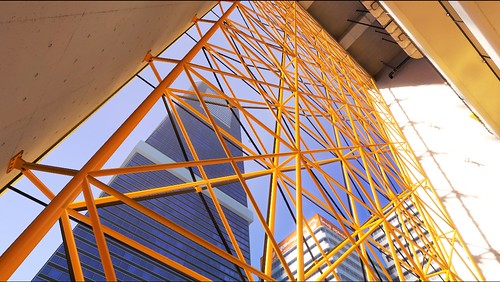
PC Gamer’s wildly inaccurate review of Mirror’s Edge went up recently, in which Graham Smith criminally under-rates the game at 83%. My own review, for PC Format, gives it the score it so obviously deserves – 84%. Unfortunately they don’t put their reviews online, so run-don’t-walk to your local newsagents – or to the United Kingdom if you’re not already there.
The colours in Mirror’s Edge look like the cordial from which normal hues are diluted. They’ve found a new way of rendering them that dazzles, almost glows. Even when it’s just a warehouse or factory you’re clambering through, every surface has that fresh paint smell, newly dried matte too smooth and lustrous to have ever been touched. There’s the sad sense of a city gleamingly maintained but otherwise unused.
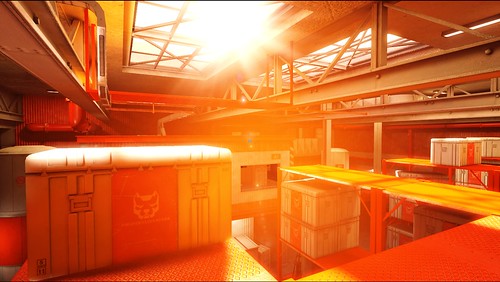
But beyond that, the design of the place constantly excites me. It’s the burden of level artists that they can’t just be level artists, they have to be architects, interior decorators, graphic designers, key grips, feng shui consultants and engineers. The buildings of Mirror’s Edge suggest its level artists actually are architects, interior decorators and graphic designers, moonlighting at DICE for some extra cash. If there are real offices that look this hip, I’m applying.
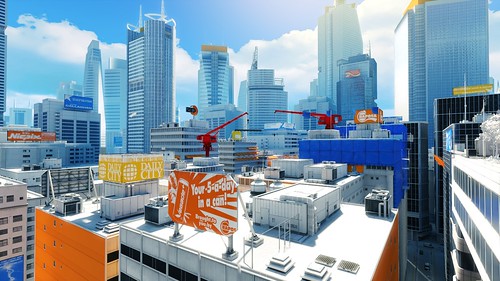
The game’s acceleration-based first-person parkour movement system does scratch the N itch, as I’d hoped. The second time through, with the route-highlighting Runner Vision off, is a new experience. This time you speak the language of the levels, and can pronounce your responses with new and fluid verbs. What I appreciate most about it, over third-person platformers, is the freedom of direction when launching myself from whatever wall I’m clung to, running along or flipping from – it gives scope for an elegance that isn’t pre-orchestrated like Prince of Persia’s.

I’m not keenly interested in major shortcuts – the fastest possible routes skip large chunks of the levels, but they’re large chunks I like. For me the finesse is in corner-cutting on a smaller scale: jumping to the center of a high-beam instead of tip-toeing its whole length, tucking to clear a huge jump fully rather than hauling yourself over the threshold, wallspringing to avoid a slow pipe clamber.
Strung together, flourishes like this surf the game’s acceleration mechanic and cannon you into a hurtling pelt. The little thrill of extra speed you get for vaulting an obstacle is a subtle but satisfying pat on the back for mastering the game’s unique nuances of environmental interaction.
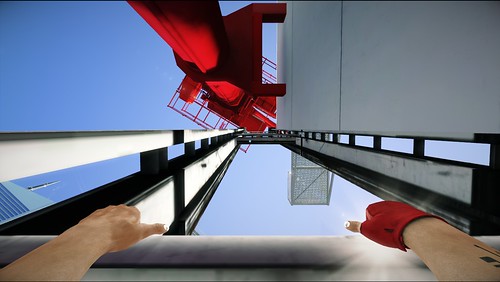
The main thing wrong with the platforming is the grabbing logic – it’s inconsistent, and it can’t afford to be. Some objects, like bars, can be grasped when your hands are more than a foot away, other ledges I’ve physically hit and still wasn’t able to hang onto. The platforming was never too difficult, to me, but every time I died without knowing why my character didn’t grab the ledge to which I’d propelled her, the irritation was vast.
Of course, that’s not the main thing wrong with Mirror’s Edge. Find out what is in my next post: The Combat In Mirror’s Edge And Why It Fucking Sucks.
P.S. If you hear any drilling, notice any scaffolds or strange new constructions around here, it’s because I’m tinkering behind the scenes a bit. James 2.7 will, I think, go up bit by bit over the course of this week. It’s too hard to prototype most of this stuff offline.
More Mirror's Edge
